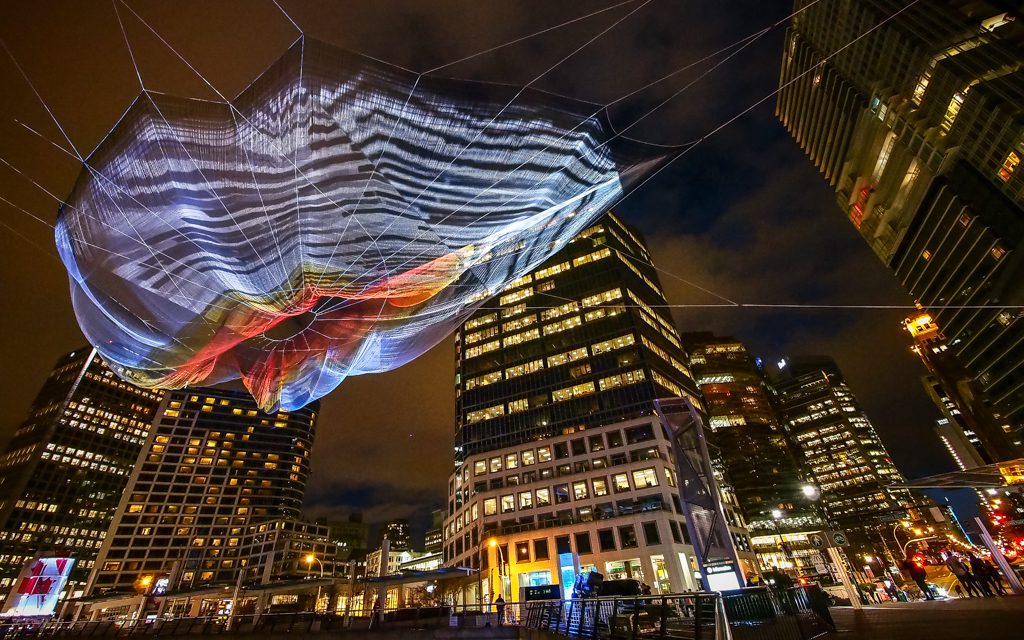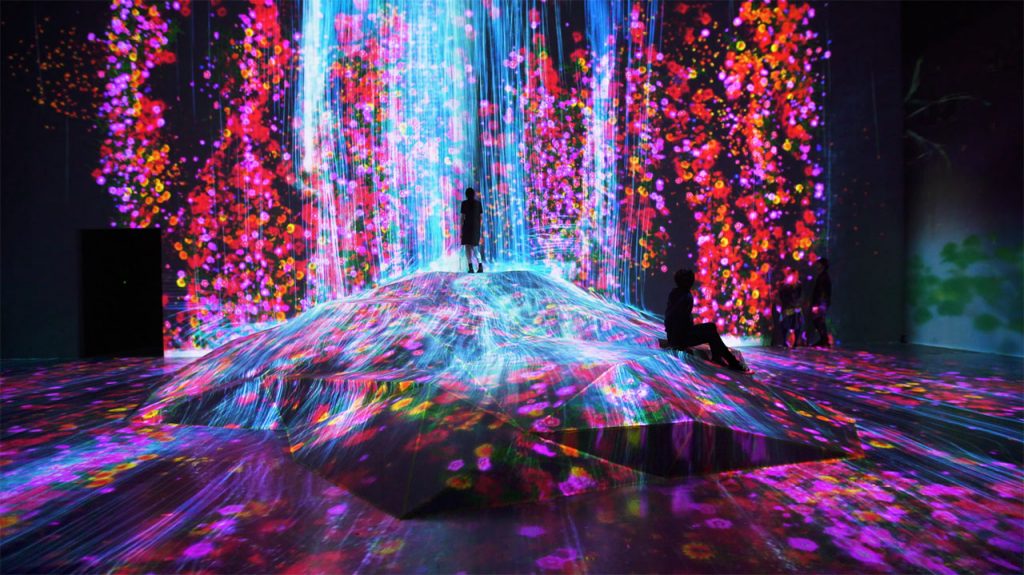//sarah kang
//section c
//sarahk1@andrew.cmu.edu
//project-02
var faceWidth = 180;
var earDim = 40;
var earhole = 20;
var eyebrows = 170;
var nostril = 7;
var hairlength = 30;
var hairR = 0;
var hairG = 0;
var hairB = 0;
var shirtR = 0;
var shirtG = 0;
var shirtB = 0;
function setup() {
createCanvas(400, 400);
background(255, 242, 246);
}
function draw() {
noStroke();
//body
fill(shirtR, shirtB, shirtG);
ellipse(200, 350, 100, 200);
//ears
fill('tan');
ellipse(115, 200, earDim, earDim);
ellipse(285, 200, earDim, earDim);
fill(171, 133, 103);
ellipse(115, 200, earhole, earhole);
ellipse(285, 200, earhole, earhole);
//face
fill('tan');
ellipse(200, 200, faceWidth, 180);
//hair
fill(hairR, hairG, hairB);
rect(200, 100, 7, hairlength);
//eyes
fill('white');
ellipse(165, 200, 30, 15);
ellipse(235, 200, 30, 15);
fill('black');
ellipse(165, 200, 15, 15);
ellipse(235, 200, 15, 15);
//nostrils
ellipse(190, 220, nostril, nostril);
ellipse(210, 220, nostril, nostril);
//brows
stroke(0);
noFill();
arc(165, eyebrows, 30, 10, PI, 0, OPEN);
arc(235, eyebrows, 30, 10, PI, 0, OPEN);
//mouth
stroke(176, 60, 79);
strokeWeight(2);
arc(200, 240, 30, 30, 0, PI, CHORD);
}
function mousePressed(){
faceWidth = random(180, 220);
earDim = random(40, 100);
earhole = random(40, 80);
eyebrows = random(140, 180);
hairlength = random(20, - 80);
nostril = random(4, 14);
hairR = random(0, 225);
hairB = random(0, 225);
hairG = random(0, 225);
shirtR = random(0, 225);
shirtB = random(0, 225);
shirtG = random(0, 225);
}
I enjoyed playing around with different variables for my face. Adjusting the colors to only display certain shades that were still discernible was pretty difficult, so I decided to completely randomize the colors instead.
![[OLD FALL 2019] 15-104 • Introduction to Computing for Creative Practice](../../../../wp-content/uploads/2020/08/stop-banner.png)

